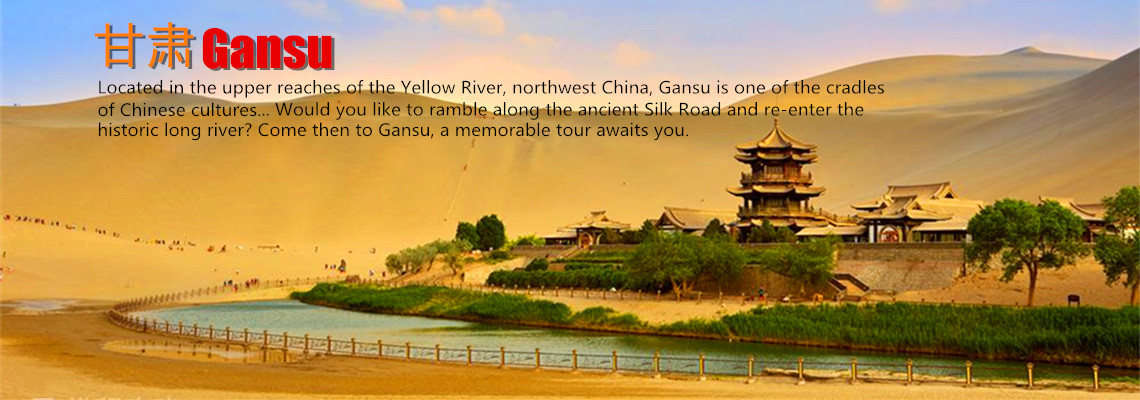
Maijishan Grottoes
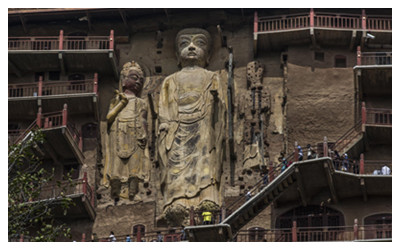
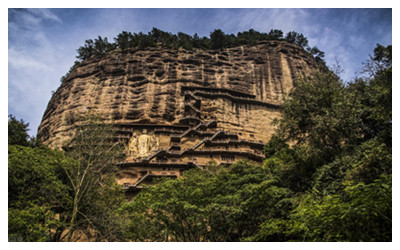
Maiji Mountain rises up abruptly 142 meters from the landscape. The people named the mountain 'Maiji' because it resembles a stack of wheat straw (mai meaning wheat, and ji meaning stack).Work on the Maiji caves began in the late Qin Dynasty (221 BC - 206 BC), progressing through to the Qing Dynasty (1644 - 1911). The Northern Wei (386 - 534) period was also a time of its great prosperity, and Buddhism began to prevail as a cultural force. Subsequent dynasties added to and sometimes rebuilt the caves according to the styles of the era. Interestingly, although the statues were built at the same location, none of them maintained a similar style with those preceding it. Statues from each dynasty clearly developed distinct elements.
What to see?
Inside the caves are clay statues, whose heights vary from 20 centimeters to 15 meters. Besides 194 Buddhist caves and niches, containing more than 7, 200 clay statues, there are also murals of over 1, 300 square meters in the Maiji Caves as well. These statues are works of art that reflect ancient craftsmanship and dedication to the Buddhist ideal. Rarely can one find caves and statues carved over sheer cliffs in China, and this is one of the most distinguishing features of Maiji Caves. Being carved on the cliff, these caves are connected by plank roads that hang precariously along the face of the cliff. Visitors can only reach each cave by using these plank roads, which offers a breathtaking experience.
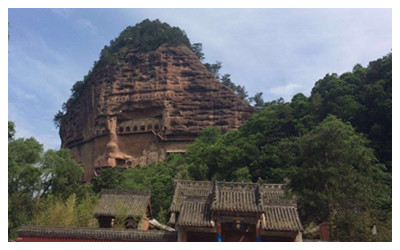
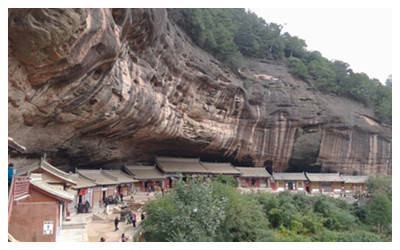
Another curious feature of the statues is their trend toward secularization, that is, a move toward depicting the icons as man rather than god. Except for statues built in the early period, almost all Buddhist statues look affable and accessible. They were no longer gods standing high in the heaven, but rather became more like common people.
Because of its exquisite clay statues and superb sculptural skills, Maiji Caves acquired special recognition. They have been classified as an 'Oriental Statues Exhibition Hall'. Maiji Caves are one of the four most important caves in China. The other threes are Mogao Caves in Dunhuang, Gansu Province, Yungang Caves in Datong, Shanxi Province, and Longmen Grottoes in Luoyang, Henan Province. Their emphasis is on exquisite statues and beautiful natural scenes, while the others' are on florid murals or magnificent stonecutting.
There are other places of interest near Maiji Mountain as well, Xianren Cliff, Shimen Mountain, Quxi and Maiji Arboretum, all offer fine panoramic views of mountains, rivers and plants in Northwest China.
Apart from Maijishan Grottoes,there are also many other grottoes such as those at the Gangu valley of Daxiangshan,Huagai Temple,Waterfall Cave at Wushan, Wooden Ladder Temple and the Meditation Temple,all of which are located in the territory of Tianshui. Together they from a “Grottoes Corridor” in the eastern section of the Silk Road.
Travel Tips
Entrance fee: CNY 130 including shuttle bus, Maiji Caves and the park
Opening Hours: 08:00-18:00
Entrance Fee: CNY 120
Transport: Get to Tianshui City first and then wait for the bus 34 (Tianshui Railway Station - Maijishan) which is leaving every 15 minutes from 06:30-19:30. Get off the bus and you can find the ticket office of Maijishan 30 meters away from the bus station.



 Ask Questions ?
Ask Questions ?